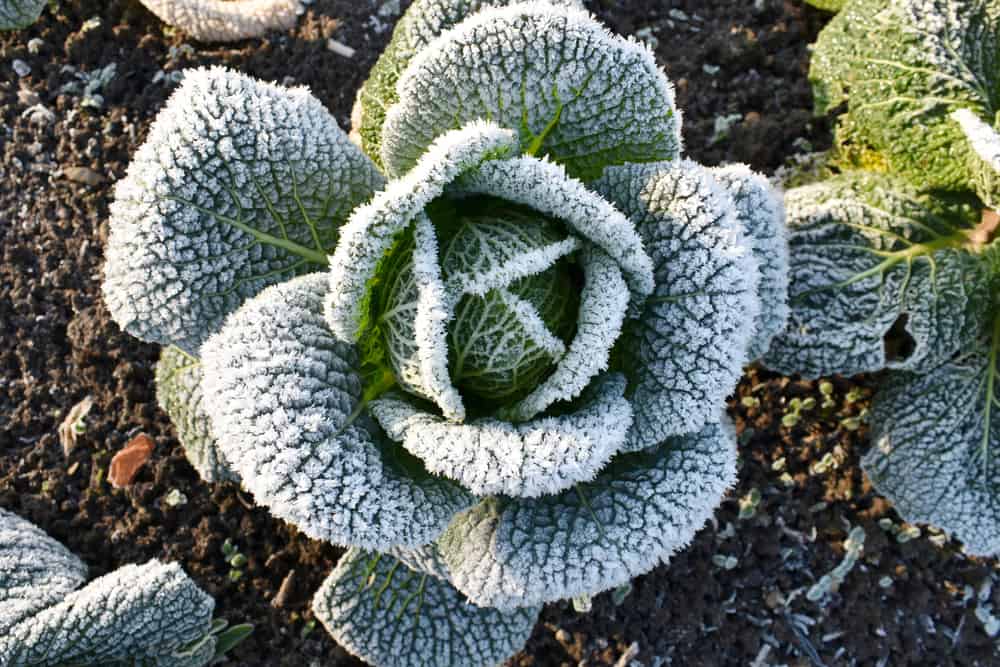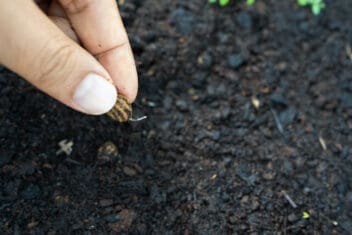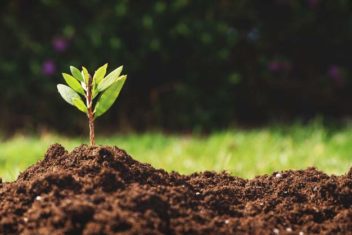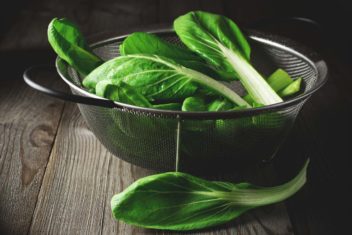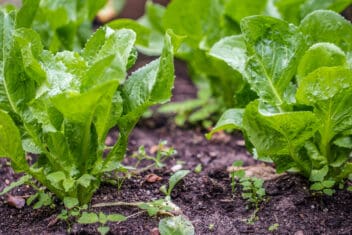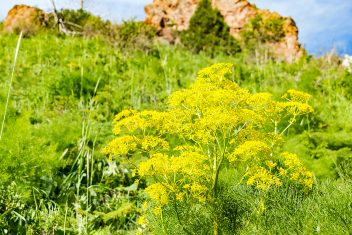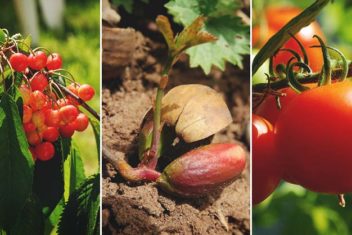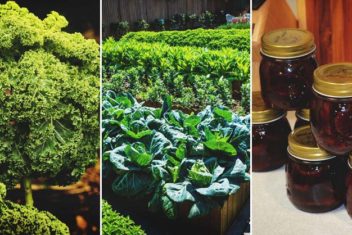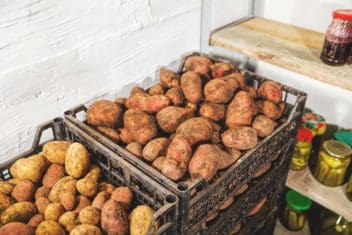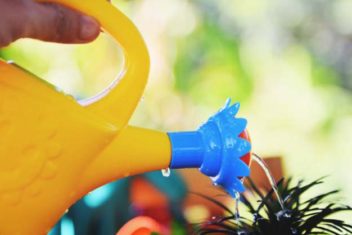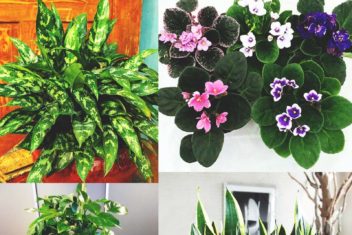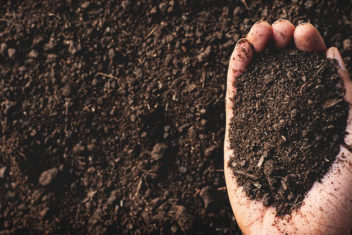Who is an impatient gardener? I am. I hate it when I plan my spring and summer garden and have to wait for the last frost to be over before I start planting outside.
I’m always looking for a head start, and over the years, I have discovered through trial and error what to plant and when.
You don’t have to wait for the last frost to be over, or warmer temperatures. You can plant some vegetables early, so let’s look at what they are, and some little tricks to boost your chances of success.
1. Peas
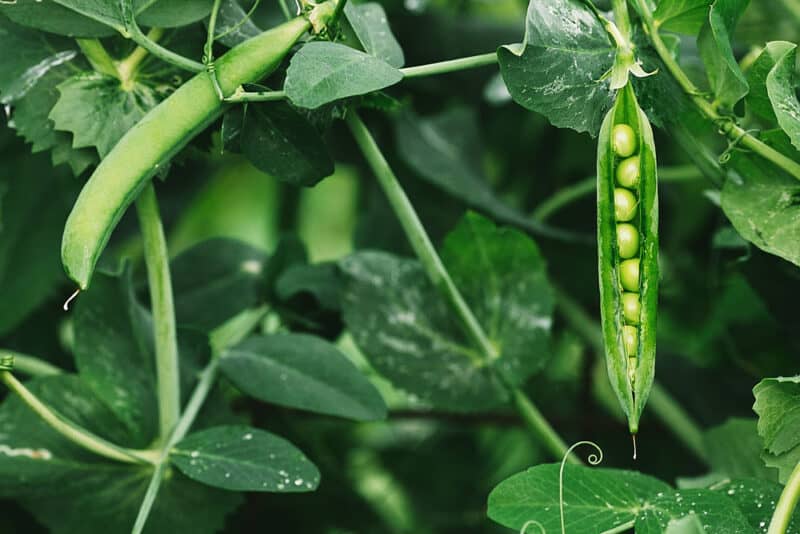
Peas are sweet little treats and are easy to grow. They are a perfect vegetable to get in the ground before the last frost. As long as you can work the soil, you should be able to get peas in the ground.
You could germinate the peas inside before planting out, but if you’re sowing before the last frost, I prefer to sow direct. This will make them stronger.
Peas can withstand temperatures as low as 26ºF, but in this range, it’s a good idea to put down a layer of straw or hay.
Don’t be afraid of snow. A layer of snow can protect peas from further cold snaps.
Once the ground starts to warm after the last frost, peas will appear above ground. They will likely start out slow, but they will soon pick up the pace.
2. Kale
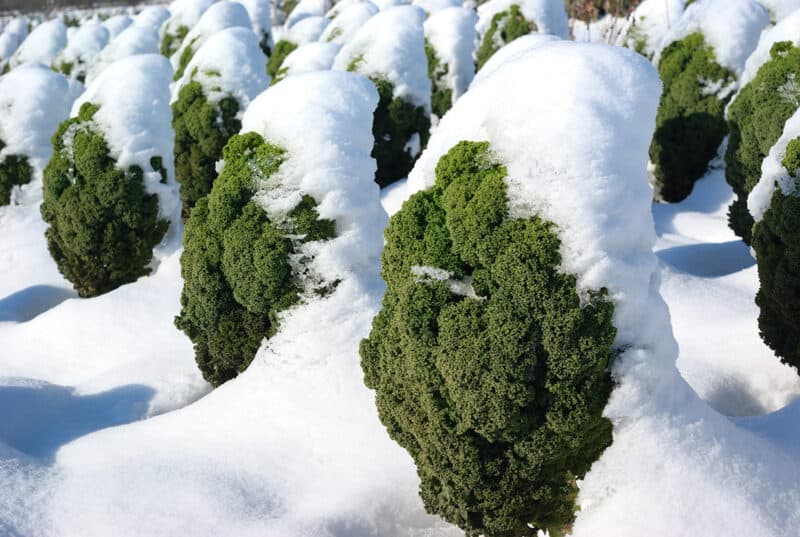
Not only does kale withstand freezing temperatures, but the cold weather also makes the flavor stronger and nuttier. I’ve had kale in my garden, planted early in the season and covered in frost, and it’s survived just fine.
One of the wonderful things about kale is when the weather warms up, it’s slow to bolt to seed, unlike many other cold-weather crops.
Kale planted early before the last frost has a long life giving you a lot of pick-and-come-again opportunities.
3. Carrots

Carrots love cooler weather and thrive in low temperatures. Sow the seeds in very early spring, and they will germinate in temperatures as low as 55ºF.
Carrots are perfectly happy to overwinter, so feel free to plant a fall crop.
For best results, plant carrot seeds at least five weeks before your last frost date. In most environments, fall, winter, and early spring plantings will be successful.
Just make sure the soil is workable and at least six inches deep.
4. Swiss Chard
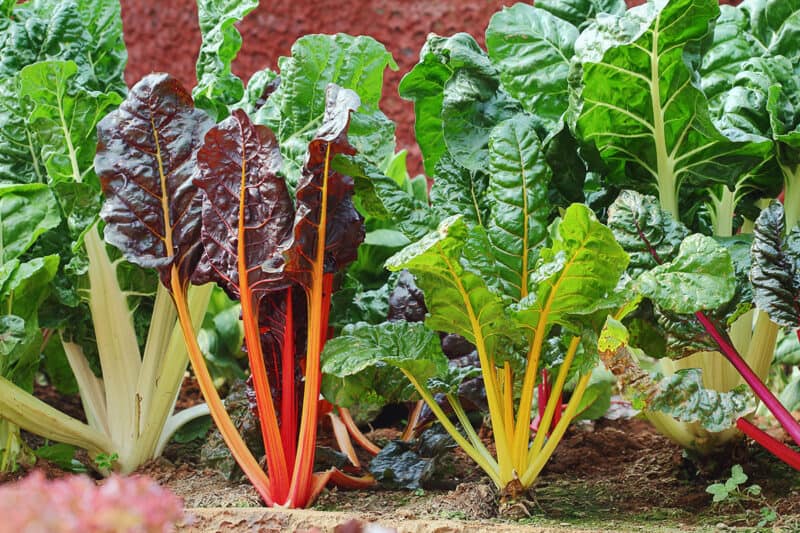
Swiss chard seems indestructible. Yes, it’s loved by slugs and snails, but cold weather is no bother.
Previously planted swiss chard can be left to overwinter and, if mulched, often takes off again on its own with no work from you.
‘Fordhook Giant’ and ‘Lucullus’ are two varieties that have extended lifespans over winter and into the warmer months.
Swiss chard is known to tolerate cold temperatures as low as 15ºF. Any lower than this, and your plant will need protection from the cold.
5. Radish
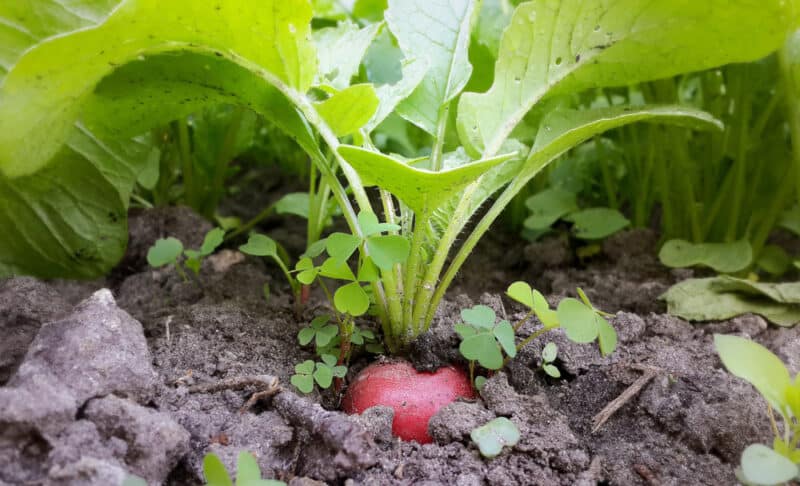
These little red nuggets are gardener’s gold in the winter. They are super-fast growers, and if you plant before big frosts, radishes will keep growing regardless of how cold it gets. Even soil temperatures around 45ºF are okay for this little gem.
Radishes grow fast, about 21 days from seed to plate. D successive plantings for a constant harvest and don’t let them get too big.
6. Cabbage

Like the majority of brassicas, cabbage actually thrives in cold weather. Plant seedlings outside about four weeks before your traditional last frost date.
Once established, cabbage will withstand temperatures as low as 20ºF.
Check the varieties in your area because some varieties will grow right through winter after being planted in fall.
Unlike many other cold-weather crops, cabbage is best planted as seedlings, rather than direct sowing the seeds.
Sow seeds indoors about 12 weeks before the traditional last frost date. Transplant when the seedling has four to six leaves.
7. Broccoli
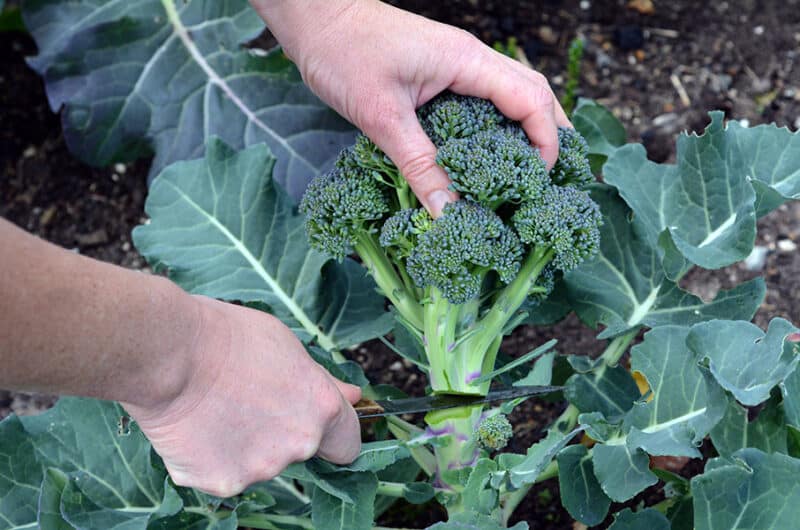
Another brassica, broccoli, is not as cold tolerant as some other plants like cabbage. It will tolerate temperatures in the mid-20s. Grown in a cold frame, it will do best, but it’s not absolutely necessary.
Start broccoli seeds inside at the same time as your cabbage seeds. Transplant outside four weeks before the last traditional frost date.
Protect from snails and slugs.
8. Arugula
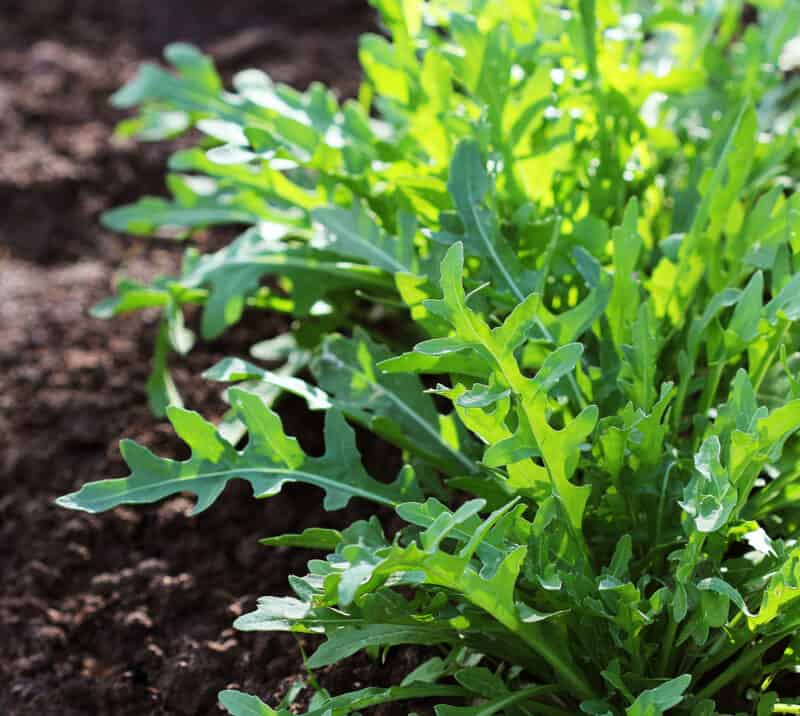
This is another member of the brassica family. The difference between arugula and cabbage or broccoli is you can plant the seeds directly into the garden in winter.
Arugula will germinate in temperatures as low as 40ºF, so as soon as you can work the soil, get the arugula seeds planted.
This is why you often see arugula pop up in your garden where you never planted it. It seems to just grow in cold weather and continue to grow for you to use for that nutty, earthy flavor.
9. Onion
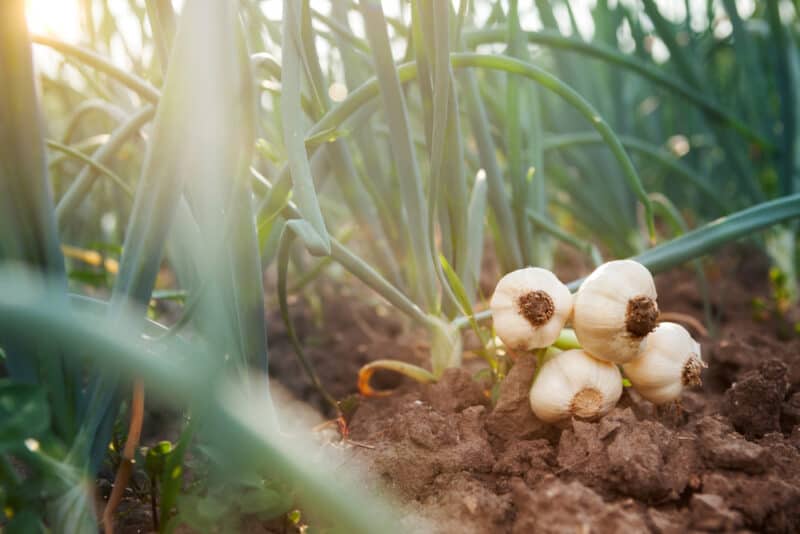
Although not as cold hardy as the vegetables we’ve already covered, onions will grow during cold weather. They will thrive in temperatures around 50-70ºF but have been known to grow in temperatures as low as 20ºF.
Mulch well to prevent freezing because onions will rot if they freeze and then thaw out later. I prefer straw mulch for onions.
10. Lettuce
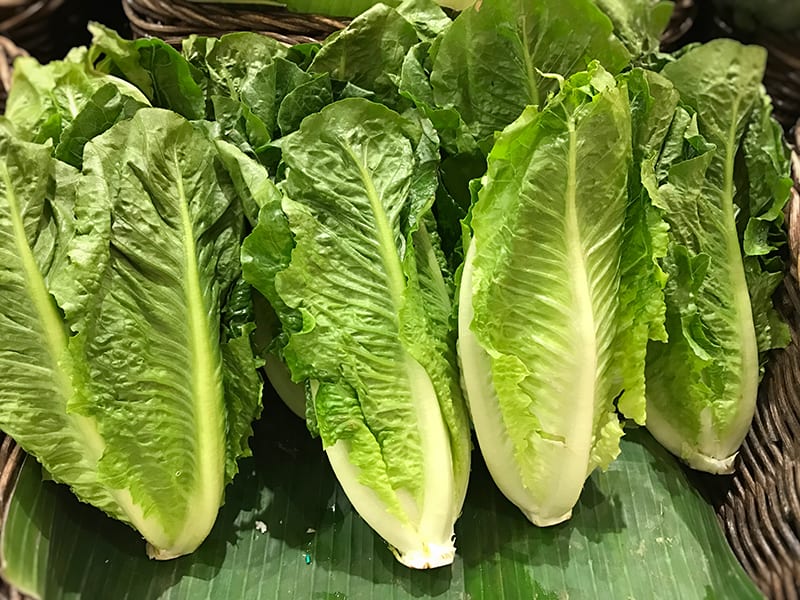
Lettuce is a prolific grower if it’s happy. Some varieties will grow in temperatures as low as 25ºF. Use frost cloth, row covers, or a plastic tunnel for best results.
Winter temperatures bring out slugs and snails who love lettuce, so be prepared to protect your crops.
Plant direct into the soil before the last frost and after for successive planting.
As warm weather kicks in, make sure you provide lettuce with plenty of water. If it’s planted in cool weather, lettuce will bolt to seed when it gets hot and low in soil moisture.
11. Spinach
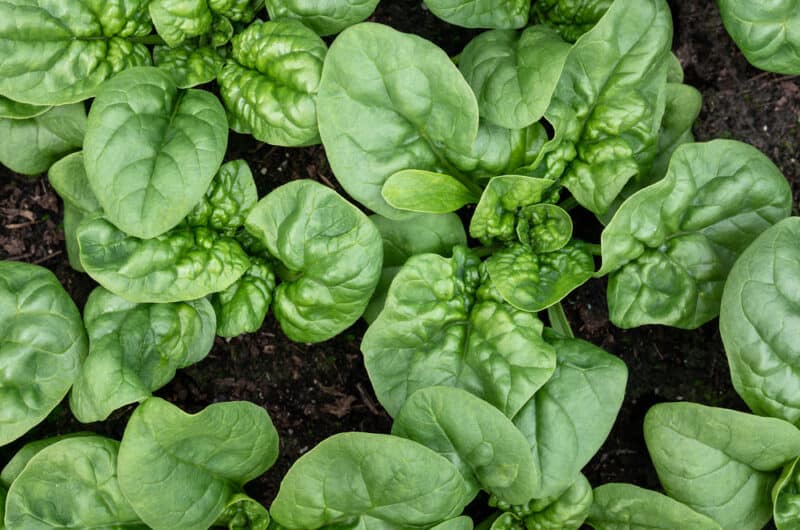
If you want to try a cold-loving vegetable before any others, try spinach. It’s one of the most tolerant of cold and will withstand temperatures as low as 15ºF. It’s also very easy to grow.
You can plant spinach seeds as early as six weeks before the traditional last frost date. Sow seeds directly for the best results.
12. Turnip

Don’t forget about turnips in your winter garden. Modern cultivars are less woody and much sweeter than varieties considered traditional. They are cold lovers and germinate reliably.
As soon as you can work the soil, direct sow turnip seeds into the garden. Although they don’t germinate as quickly as radishes, they will emerge from the winter soil swiftly.
Sow some inside as well, and when the soil warms, interplant the seedlings with the seeds directly sown.
13. Beets
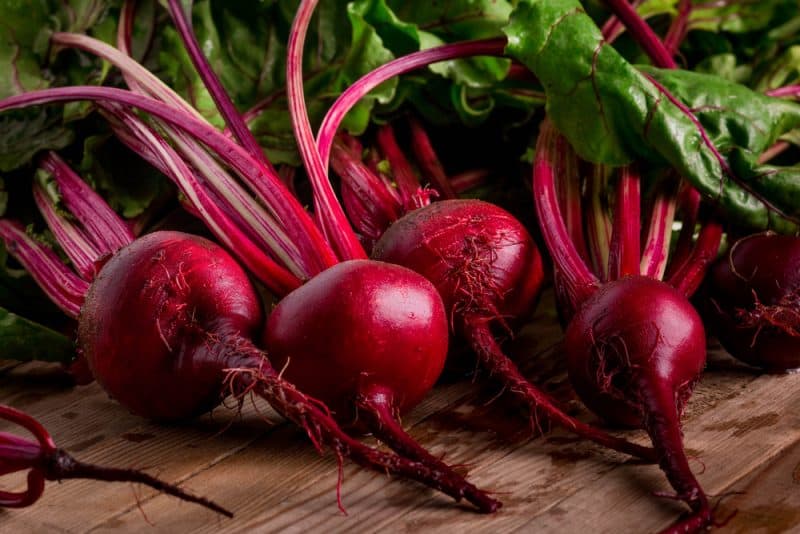
Beets are nowhere near as cold tolerant as most vegetables we’ve covered already, but they will withstand some cold just before the last frost date.
You need to wait until most of the frost is over and the soil is close to warming.
Plant beets just one to two weeks before the last frost date. If the soil is too cold, it will fail to germinate.
14. Potatoes
Potatoes are a money crop. They are easy to grow, and will often give you a very good wheelbarrow full of spuds.
Potatoes need to be dug into loose soil, so it needs to be workable and not too cold. About two weeks before the last frost date, you should be able to get the seed potatoes in.
Potatoes can handle light frosts, so by the time the foliage emerges from the soil, they shouldn’t suffer from cold weather if planted two weeks before the traditional last frost date.
15. Pak Choi
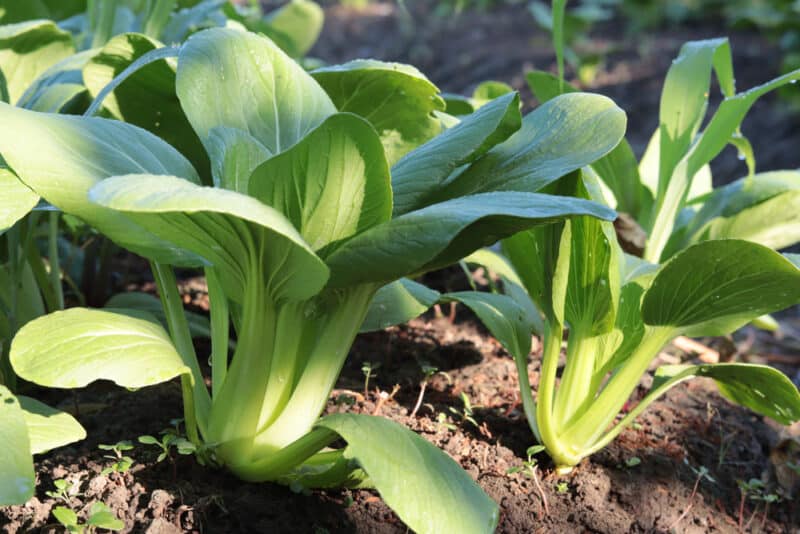
Pak Choi and other Asian greens are very cold-tolerant. You can transplant or direct sow at least three weeks before the last frost.
You will have better harvests when planting Asian greens in cool temperatures than later when it’s warm.
16. Dill
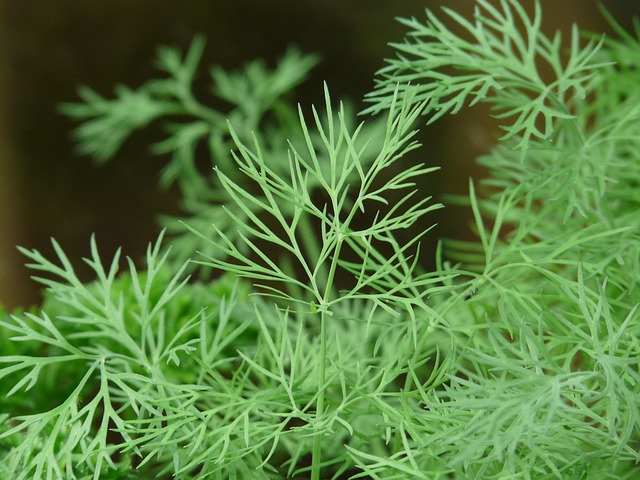
Time the direct sowing of dill seeds about a week before the last frost date.
Dill likes warm soil, even though you can plant before the last frost date. Use a cold frame, or make one quickly.
You can place an old window frame over where you will plant the dill. Raise the frame up with bricks or wooden blocks.
Allow the sun to warm the soil slightly more than the surrounding soil.
17. Parsley
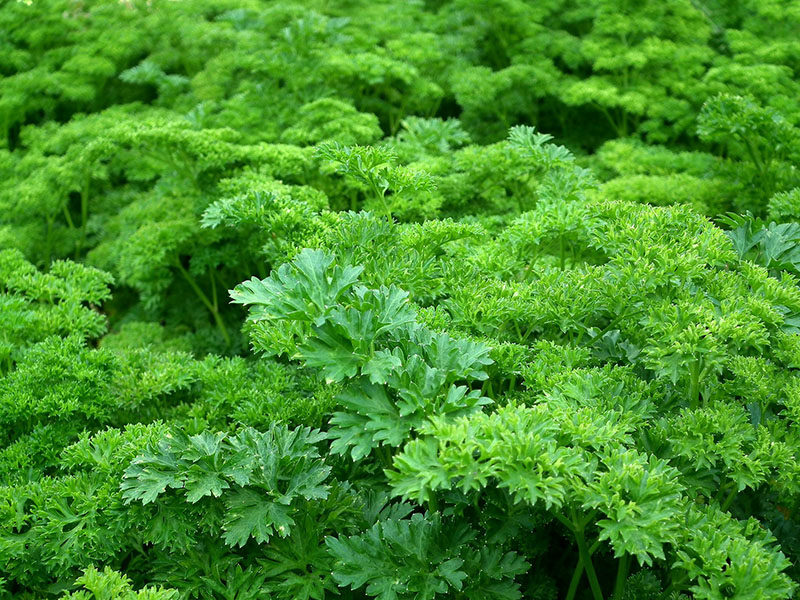
Some varieties of parsley prefer cold soil to start off with. As long as the soil is easily worked, you can direct sow parsley seeds two weeks before the last frost date.
The cultivar ‘Forest Green’ is a good one to plant early.
18. Cilantro
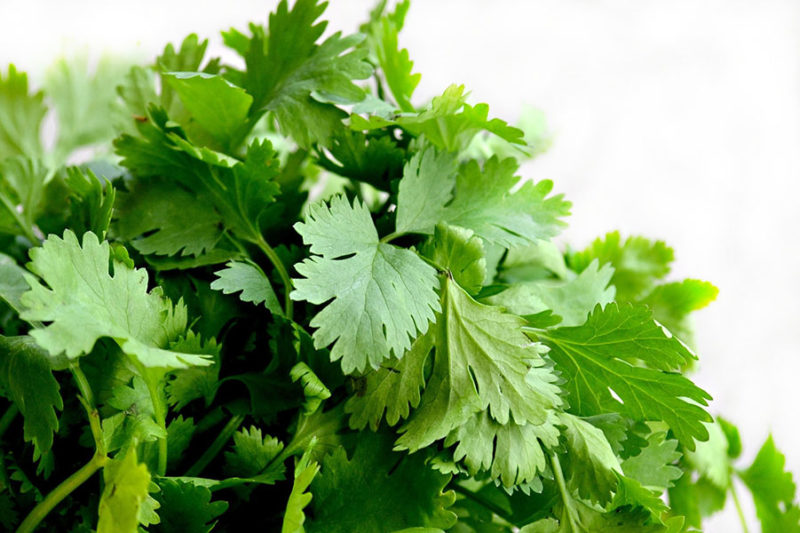
Cilantro is my favorite herb for planting early. It is very cold-tolerant and can be planted four weeks before the last frost date.
Even if you get an unexpected snowfall, cilantro will still germinate.
Cilantro is slow to germinate, so be patient. It’s also less likely to bolt in the heat if planted early.
19. Mustard
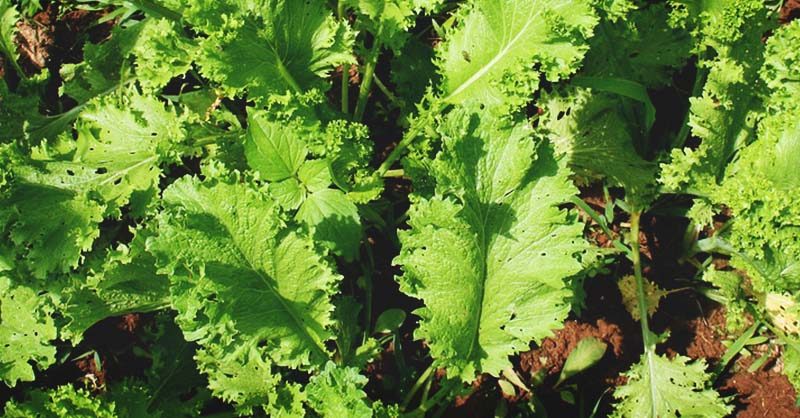
Mustard greens are perfect as a cold-tolerant planting. Temperatures from 32-75°F are ideal, but it can even handle colder temps down into the 20s. Just know that the seeds don’t germinate well under 40°F, so start them indoors if the soil is still below that.
Direct sow three weeks before the last frost date. You can plant it earlier if you use a cold frame or an old window frame.
